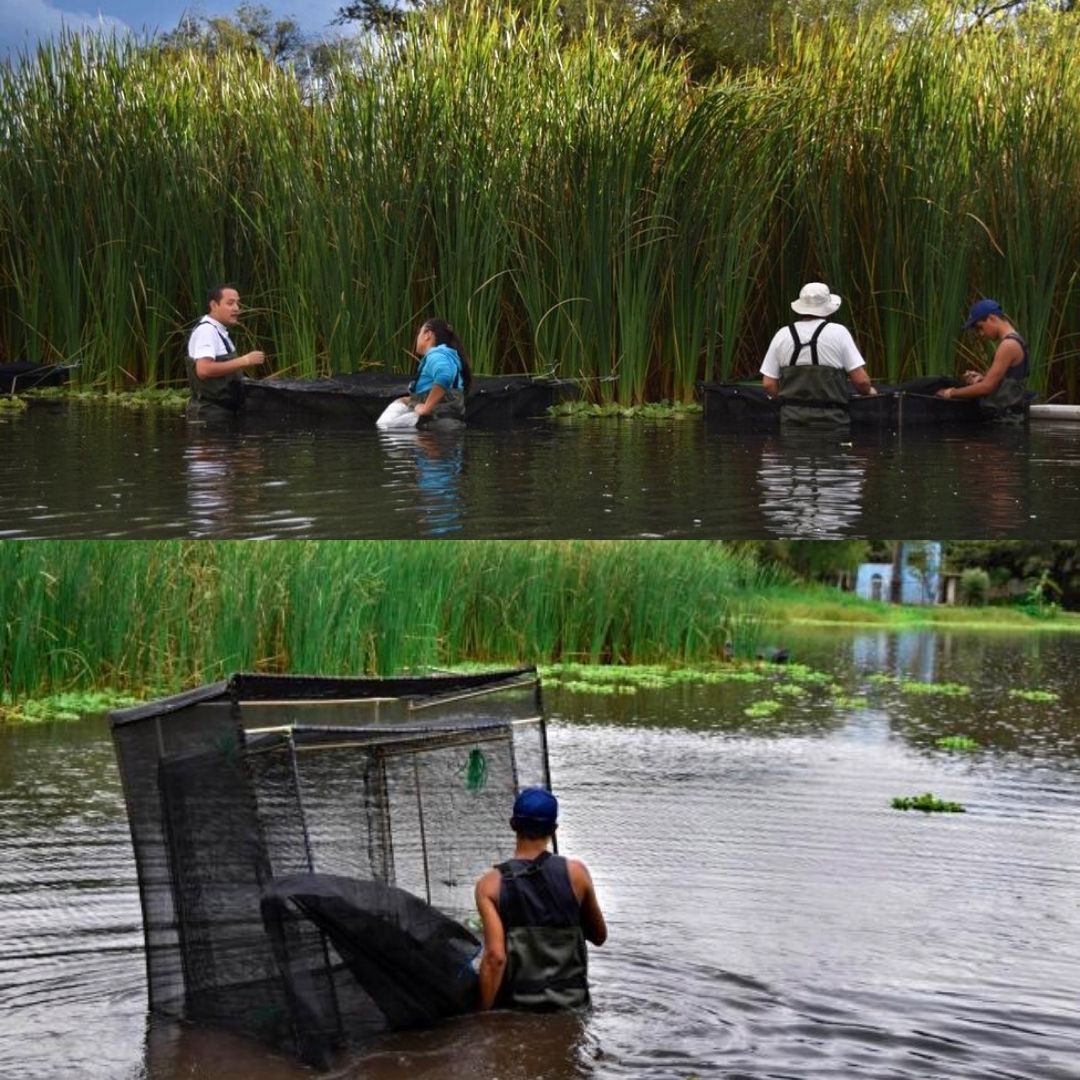When Mexico’s tequila splitfin fish started dying off in the 1990’s, a team of scientists joined forces to reintroduce the tiny fish back into its native habitat. Let’s take a look at why this seemingly ordinary fish is adored by the little Mexican community of Teuchitlán!
The Tequila Fish Is Endemic To Mexico’s Teuchitlán River
In the Teuchitlán River, near the Tequila Volcano in the Mexican state of Jalisco, there lives the tequila splitfin fish, or zoogoneticus tequila. This tiny, unremarkable fish isn’t colourful, fast, or particularly interesting. In fact, when the tequila fish went extinct in the wild in 2003, it barely warranted an article in the local paper!
So, when the tequila fish started disappearing in the 1990s — why did a group of scientists spend decades trying to save it from extinction? As it turned out, the unassuming tequila fish plays an important role in the river’s ecosystem. The tiny fish consumes dengue-spreading mosquitoes and eventually becomes a food source for larger fish and bird species. Without the tequila fish, the ecosystem would fall into disarray.


Photograph: Chester Zoo
The Mission To Save Mexico’s Tequila Fish From Extinction
The mission to save the tequila fish began in the late 90s, led by scientists at Mexico’s Michoacán University. Around this time, it was clear that the numbers of tequila fish in the wild were dwindling rapidly. It’s assumed that this decline was due to a combination of water pollution and invasive species. In 2003, the fish completely disappeared from the Teuchitlán River.
That’s why in 1998, English aquarist Ivan Dibble brought five pairs of tequila fish to the university from England’s Chester Zoo. For fifteen years, the scientists cared for the tequila fish to preserve the species. The colony grew from five pairs to forty pairs, so in 2012, the team transferred the tequila fish into an artificial pond at the university. After just four years, the number of tequila fish in the pond exploded to around 10,000!


Photograph: Chester Zoo
Reintroducing The Tequila Fish Required Community Involvement
Crucially, the tequila fish proved that it could survive in a semi-natural aquatic environment by competing for food, avoiding parasites, and escaping predation from turtles, birds, and even snakes! So, the last step for the team of scientists was to reintroduce the tequila fish back into the Teuchitlán River — but it wasn’t that simple.
To successfully reintroduce the tequila fish back into the river, the local community in the town of Teuchitlán needed to be equipped with the skills and knowledge to clean and protect the river. This is where the community initiative, Guardians of The River, was founded. The volunteers led workshops about the local ecosystem, and soon enough, the entire community knew about the importance of the tequila fish!


Photograph: Chester Zoo
Now, The Population Of Tequila Fish Is Stable!
The people of Teuchitlán painted murals of the fish around the town, the Catholic church hosted fundraisers and offered their space for the workshops, and the children even chose a cute nickname for the fish: “Zoogy”, based on its scientific name, zoogoneticus tequila!
In 2017, around 1,500 tequila fish were reintroduced into the river. Now, the population is stable — sitting at 2,000. According to Michoacán University’s Professor Omar Dominguez, “this is the first time an extinct species of fish has ever been successfully reintroduced in Mexico — so it’s a real landmark for conservation”. He says that saving the tequila fish “is like a small light in the universe”. He also hopes that this success story will be used as a blueprint to introduce more extinct fish species back into their natural habitats.
How amazing is this story! Importantly, this is the first time an extinct species of fish has ever been successfully reintroduced in Mexico.
For more wildlife conservation stories and rewilding projects like this, check out our Eco News category and the blogs below!
Sea Otters’ Destructive Gidding Habit Is Boosting Ocean Health
Rare African Owl Spotted For The First Time In 150+ Years
Successful Coral Spawning Event Brings New Hope For The Great Barrier Reef

